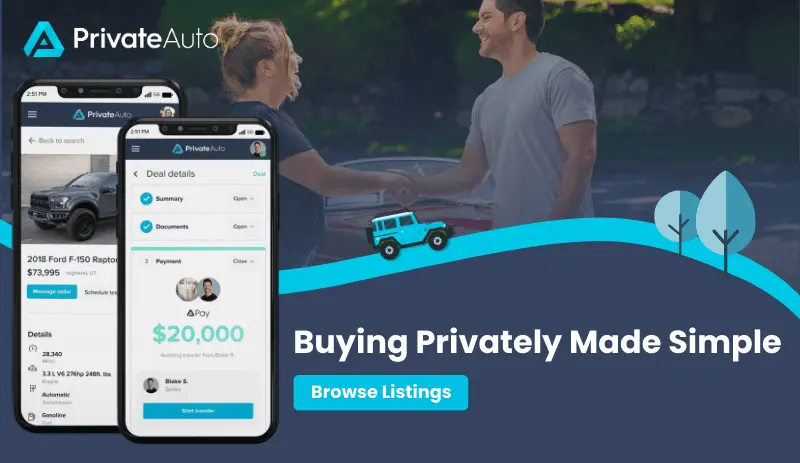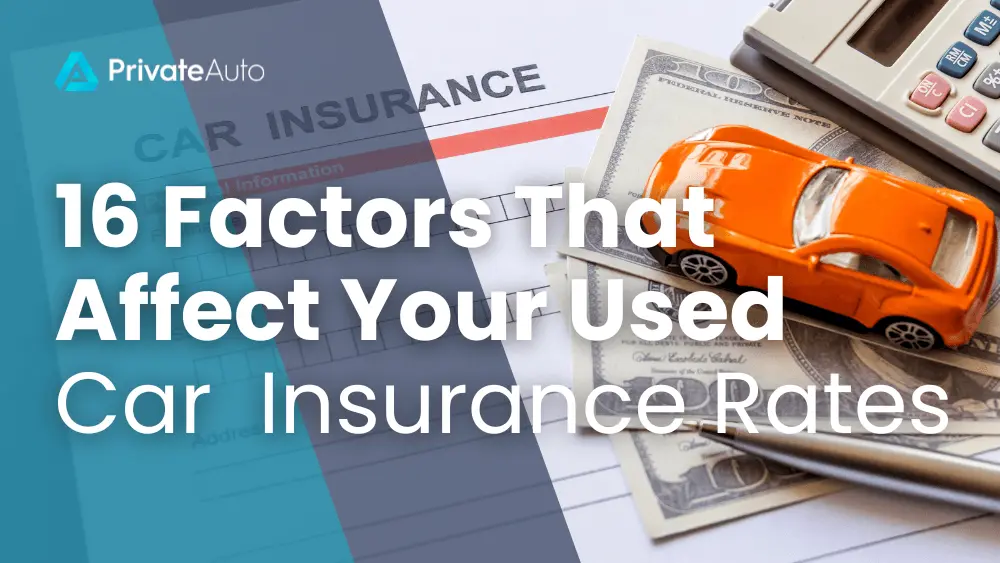#1 The Insurance Company
Who you do business with can make a big difference in what you pay for car insurance. The thing is, more expensive car insurance companies don’t always offer better coverage or excel in customer service. So, consider the small, local companies just as you would the big-name brands. After all, it’s the latter who has to afford major marketing campaigns and national operations.
#2 Level of Coverage
The amount of coverage you pay for determines how much an insurance company has to pay out in a claim. The higher the insurer payout, the higher your premium.
- Liability insurance. In an accident that’s your fault, this only pays for damage to other vehicles, property damage, and injuries to other parties.
- Full coverage car insurance. Pays also for damage to your vehicle and yourinjuries.
- Comprehensive. Includes non-collision damage, such as if a tree falls on your car.
- Additional coverage. Includes add-on products and services, such as roadside assistance and towing.
- If you own your car without a loan, you have the option of carrying the state-required minimum liability level of coverage. This is useful if you need cheap car insurance, but you risk a large expense to repair or replace your car in the event of an incident.

#3 Type of Car
Some cars cost more to repair or replace than others. For example, a sports car costs more to insure than a compact sedan. Meanwhile, cars with a high safety rating are cheaper to insure.
Trim Level. Some cars of the same make and model come in many trim types. The more expensive the trim type, the more it costs to repair or replace. Hence, the car insurance quote costs more if you have the fancier trim package.
Theft statistics. Some cars are targets for thieves. They’re attractive because they’re expensive or easy to steal, and insurance companies know this.
Engine size. Insurance companies associate large engines with hot-rodding and risky drivers. So, the same model car with a larger engine may mean a higher rate.
Safety Features. Carmakers are adding all kinds of safety features to cars these days, such as:
- Lane departure warnings
- Braking assistance
- Following-distance indicators
- Rear backup cameras and blind-spot cameras
- Evasive steering assist
Safety features like these help you avoid accidents, helping to lower your premium.
#4 Your Deductible
Your deductible is how much you will pay out-of-pocket before the insurance company covers anything. If you can keep enough cash in reserve to cover a high deductible, you’ll pay less in monthly premiums. If you opt for a lower deductible, you will pay more each month.

#5 Your Driving Record
Tickets. A single moving violation will prompt your insurance company to raise your rates. If you’re a habitual violator, your rates will be outrageous or you may be dropped from the insurance plan altogether.
Accidents. If you have been in auto accidents in the past, insurance providers consider you a high risk for accidents in the future. However, some policies include accident forgiveness, but it’s only good once.
DUIs. A single citation of Driving Under the Influence of an intoxicating substance (DUI) can add $830 or more per year in premiums.
#6 How Much You Drive
The number of miles you drive per year affects rates in a small way on the national scale. A driver who puts less than 7,500 per year on his or her car pays about $92 less per year than someone who drives more than 15,000 miles per year. However, if you live in California, the difference is huge. The same high-mileage driver will pay $572 per year more than the low-mileage driver.
#7 Driving Experience
If you’re a new driver, you’ll pay higher premiums than people who’ve been driving for a while. Insurance companies assume that new drivers are more likely to make mistakes that could lead to a collision claim. Taking a driver safety course and informing your insurance company about it can help offset the costs of being newly licensed.
#8 History of Coverage
If you had periods of time where you didn’t carry auto insurance, companies figure that you may have been driving without coverage. It doesn’t matter if you owned a car during those times or not. As such, gaps in your coverage history often lead to higher rates.
#9 Claims History
A history of accident claims puts you in a higher risk category. This includes claims from others in an accident you were involved in. In other words, you’re in a higher risk category even if an accident was another driver’s fault.
#10 Where You Live
Both your state and zip codes impact the premium:
– Average income level. Lower-income areas pay higher premiums.
– Crime rates. High-crime areas mean your car is more likely to be stolen or vandalized.
– Population density. More people mean more cars, increasing the odds of an accident.
– Heavy traffic congestion. When there’s a lot of traffic, the risk of a crash is higher.
– The number of claims in your area. Insurance companies judge that a large number of claims from your neighbors is a sign that you’re likely to have claims.
#11 Your Age
Statistics show that teen drivers get into more accidents than any other age group. Therefore, insurance rates are higher for drivers under the age of 20. The lowest rates go to drivers in their 50s and 60s, but they increase at age 70 and older.
- Annual premium under 25 = $5,808
- Annual premium 60-year-old = $2,912
Source: Insurify
#12 Your Marital Status
According to insurance stats, married drivers file fewer claims than single drivers. However, the difference in premiums isn’t as much relative to other factors.
#13 Your Education Level
Drivers with a college degree pay lower premiums than those who never finished high school. Someone with a high school diploma or GED gets a lower premium than someone without. Additionally, people with advanced degrees pay lower rates than drivers with undergraduate degrees. However, there’s no difference in rates between a Master’s and a Ph.D.
These states prohibit companies from using education to determine insurance rates:
- New York
- California
- Massachusetts
- Montana
- Georgia
- Hawaii
In all other states, your education level may be considered when determining your risk and rate.
#14 Your Gender
Insurance companies see male drivers as more likely to have risky driving habits than female drivers. This is especially true with younger drivers. Female teen drivers pay an average of $754 less for a 6-month premium than their male counterparts.
#15 Your Credit Score
Insurance providers believe that drivers with low credit scores are more likely to file claims than people with higher credit scores. The rationale is that people with good credit are more likely to pay for small repairs in a fender-bender out-of-pocket rather than filing a claim.
Your credit score is known as your FICO Score (named for the Fair Isaacs Corporation, which created the scoring system). It gathers credit data from 3 reporting agencies:
Some factors that determine your FICO score include:
- Length of credit history
- Payment history
- Outstanding debt
- Available credit on credit cards and lines of credit
- Account balances
Scores range from 300 to 850. Most companies consider a score above 750 to be the “best” and the “worst” is typically below 620. The states of California, Massachusetts, Michigan, and Hawaii have banned the use of credit scores to determine insurance rates.
To learn more about credit scores, see What’s the Best Way To Finance a Used Car From a Private Party?
#16 Discounts
Most insurance companies offer discount rates, such as:
- Good grades discount for students. If you have teens on your policy, this could be a welcome break.
- Good driver discount. If you’re not in an accident or get any tickets for moving violations for some time, you could benefit from this discount.
- Low mileage. If you don’t drive much, there’s less risk of an accident. That could save you some money, too.
- You might also be interested in:
Mechanical Breakdown Insurance for Cars: Everything You Need to Know
How To Buy a Used Car From a Private Party

Insurance companies determine your rate according to the perceived likelihood of you filing a claim. Most of the risk factors involve your vehicle and your driving habits. That’s why comparable quotes with similar coverage can differ across companies, as each company has a different level of risk tolerance and may weigh these aspects in different ways.
Remember, the key considerations include the cost of repairing or replacing your vehicle; risk of theft or vandalism; your driving record; and your history of claims. Others have nothing to do directly with your driving or your car, but statistics show that they correlate to risk, like marital status, education, gender, and the average income of people residing in your zip code.
If you have your eye on a used car of a particular make and model, get a few insurance quotes to see how much you’ll have to shell out each month. When you’re buying a used car, check out the great deals from private sellers on PrivateAuto.
- No dealer ads. You can find a great deal compared to dealer prices from a private seller.
- Keeps your info safe. You can message the seller on the PrivateAuto platform without giving away your contact info.
- Schedule a test drive and an inspection straight from the app.
Also, don’t forget that PrivateAuto makes it easy to sell. With the ability to advertise until sold, no need to renew your ad, and the capacity to easily manage offers in a safe and secure way, there’s no better way to sell your car. Get started today by visiting the Sell My Car tool or find your ideal car by using our advanced search tool.
